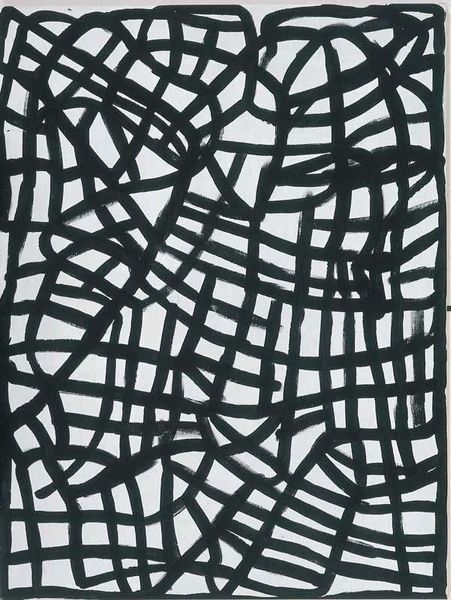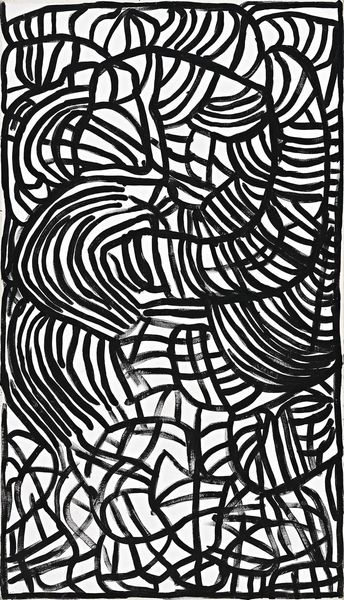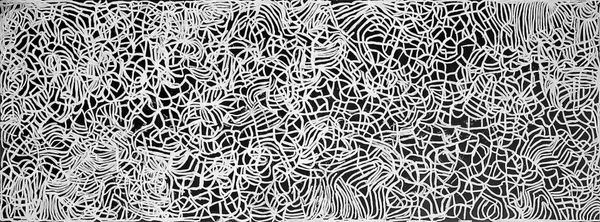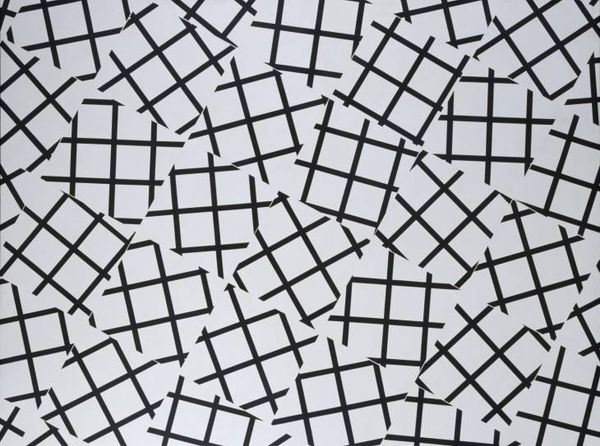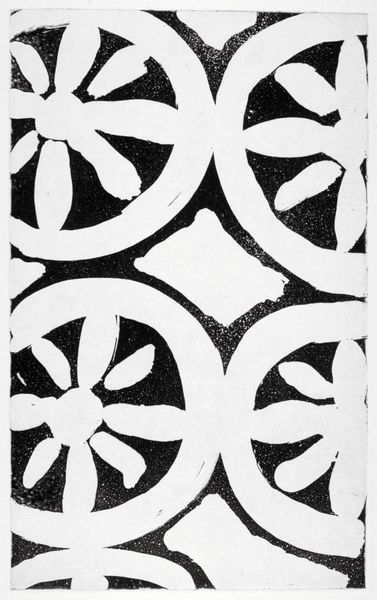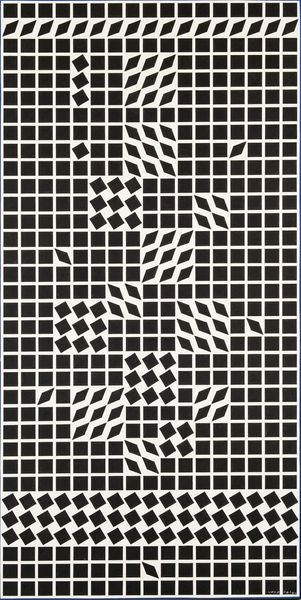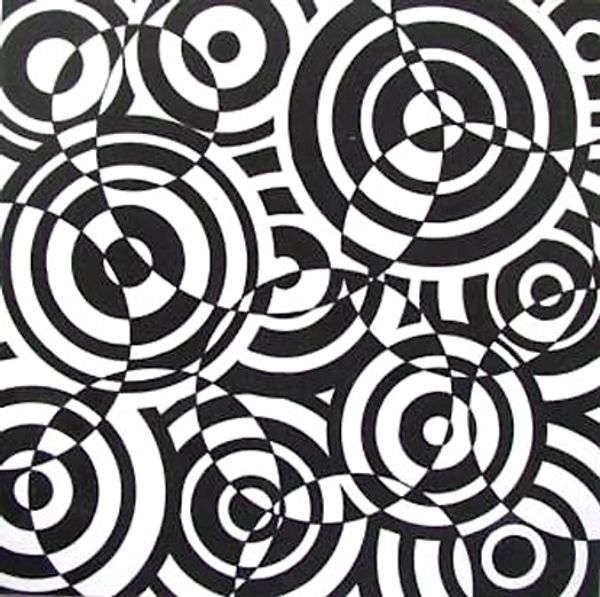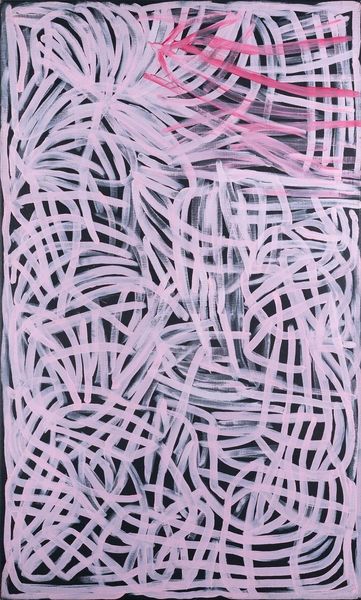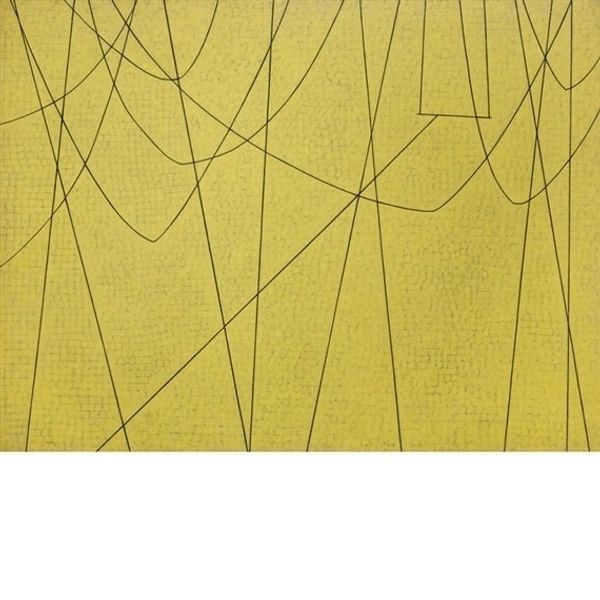
painting
#
contemporary
#
painting
#
abstraction
#
line
Copyright: Emily Kame Kngwarreye,Fair Use
Editor: We're looking at "Arlatyite Dreaming, Bush Potato" by Emily Kame Kngwarreye, created in 1995. It’s an acrylic painting that’s all about looping, black lines against a white background. I’m really drawn to its simplicity, but also kind of puzzled. What's your take on it? Curator: Well, first, look at the physical application of paint. Notice how immediate and almost rough the strokes are? It's important to consider where the materials come from, what kind of labor produced those acrylic paints, how accessible they were. Editor: Right, like how a mass-produced paint contrasts with the organic nature of the subject matter? Curator: Exactly. And what about Kngwarreye herself? An Indigenous Australian artist engaging with modern materials in a specific social context. It pushes against a purely aesthetic reading. What was it like for her to gain access to these acrylics? To adapt her inherited techniques? What statements is she making by using the materials and production processes available to her at that time? Editor: That's interesting. I was focused on the line work itself, but thinking about her access to the paint and how that influenced her choices is completely shifting my perspective. I see how it intertwines tradition and modernity in a fascinating way. Curator: It prompts us to consider the entire network surrounding the work, rather than just the artist's intention in a vacuum. Consider the global trade and material culture intersecting in a single piece. Editor: It definitely changes how I'll look at art from now on. Focusing on the ‘how’ as much as the ‘why.’ Curator: Precisely. Looking at material conditions and labor brings so much into play!
Comments
No comments
Be the first to comment and join the conversation on the ultimate creative platform.
